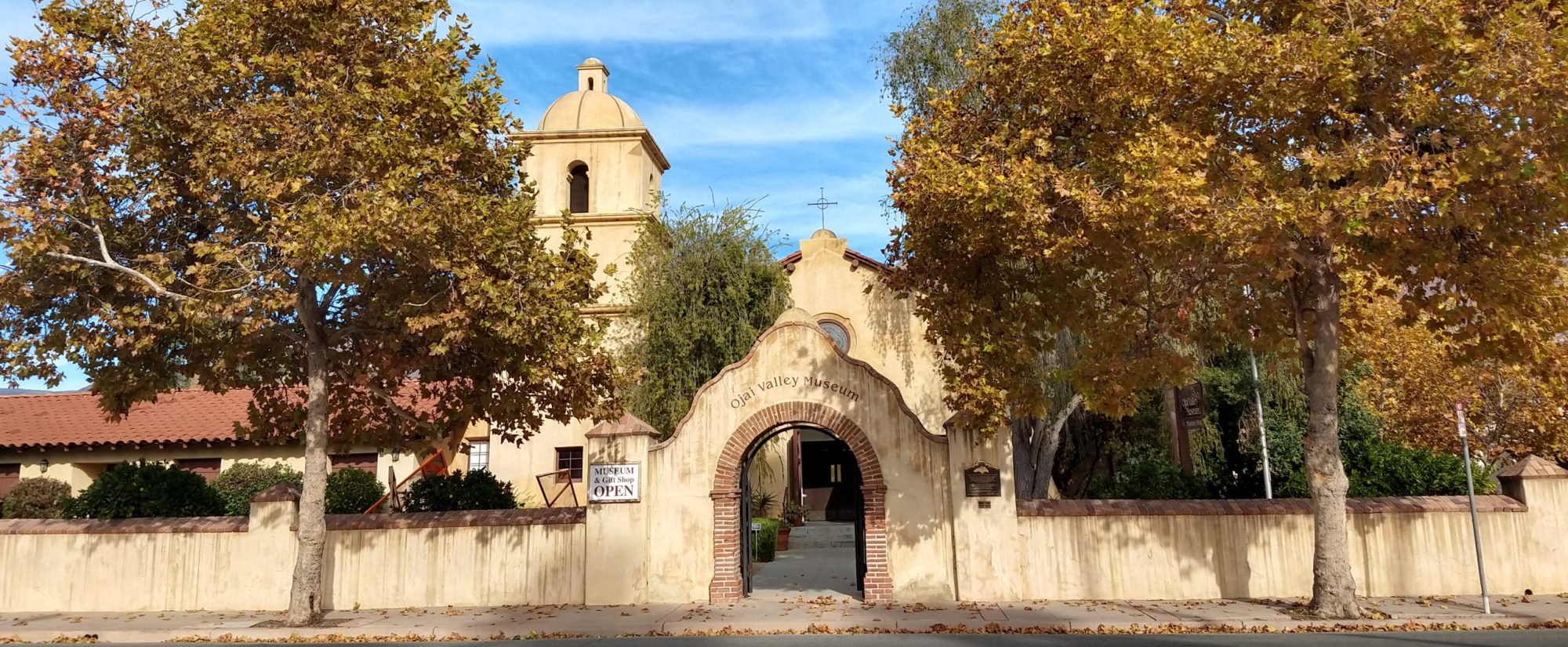Early Stories of Ojai, Part IX (Dog Fights) by Howard Bald
Note: Howard Bald was an early Ojai resident. His reminiscences were written in the early 1970s.
Another well known character of that day was a brawny, brawling Irishman named Tim Dundon. His main hobby was fighting bull dogs. His most famous fighting dog was named Sharkey. A fight was arranged between Sharkey and Fitz (named after the famous prize fighter of that time, Fitzimmons). The fight was held on a Sunday afternoon (about 1902) in a secluded oak-shaded dell in the neighborhood of the Highland Estates.
Fitz was from Oxnard, and most of his backers were from Oxnard. There was an abundance of liquor and the betting was heavy. Tim engaged a horse and cart from the livery stable, and I drove him down with Sharkey between his legs. Some spectators arrived on horseback, some in buggies and some with team and wagon.
I believe the Oxnard delegation arrived in Ventura via train, then rented livery horses for the rest of the journey. I remember that Tim had sixty-five dollars all in gold. He gave me a five dollar gold piece to bet on Sharkey.
After most everyone got pretty well liquored up and the bets were placed, the fight began. Some aspects of it are now rather dim in my memory, such as how long the rounds were and how many were fought. But each handler had a bucket of water, a sponge and towels. Sharkey was the smaller of the two dogs and got the worst of it from the start, but Sharkey was game. Some spectators tried to persuade Tim to throw in the sponge, but he refused.
It looked pretty hopeless for the smaller animal. He could scarcely stand, but he fought on. These dogs I believe were called English bulls, and were snow white. That is, they were white when the fight began, but soon became crimson.
Just when it seemed that Sharkey couldn’t last for another round, Fitz broke loose, turned tail and ran with Sharkey staggering bravely after him. With that Tim grabbed up his dog and claimed the bets. A near riot followed, for Sharkey was badly beaten dog, though he was willing to fight on when the larger dog quit and refused to fight.
Tim stood his ground and collected his bets. Several of those present in my knowledge later became leading citizens and law enforcement officers of Ventura County.
One more little anecdote before going on to happenings of a more lawful nature. It involves the robbing of the Ojai State Bank. George Downing was a widower with two young children. He had been a laborer on the Stetson Ranch, now Col. Frank Noyes’) but left, and moved to town and was working intermittently at the livery stable mostly driving winter tourists about the valley with a team and surrey.
The Ojai Bank had just two employees. The manager, and cashier was Edward Weist. Miss Mable Isenberg was teller and bookkeeper. This noon Mr. Weist was out to lunch and Miss Isenberg was alone when a masked man entered, displayed a gun and demanded the money. Miss Isengerg handed out quite a sum of cash, and the bank robber departed.
Of course the news soon spread, and there was great excitement throughout the valley. That afternoon, as usual, George Downing was driving several elderly ladies from the Foothills Hotel about the valley, and naturally the bank robbery was the chief topic of conversation. At one point George revealed a six-shooter and announced that he was prepared for the bandit.
But Miss Isenberg had recognized George behind the mask and told the men from the sheriff’s office. For several days they kept Downing under surveillance and then one night at Raddick’s pool hall, when he seemed unusually flush with cash, the officers walked in and said, “Well, George, show us the rest of it.”
Note: Other stories about the bank robbery have it that Miss Isenberg recognized George’s boots.

